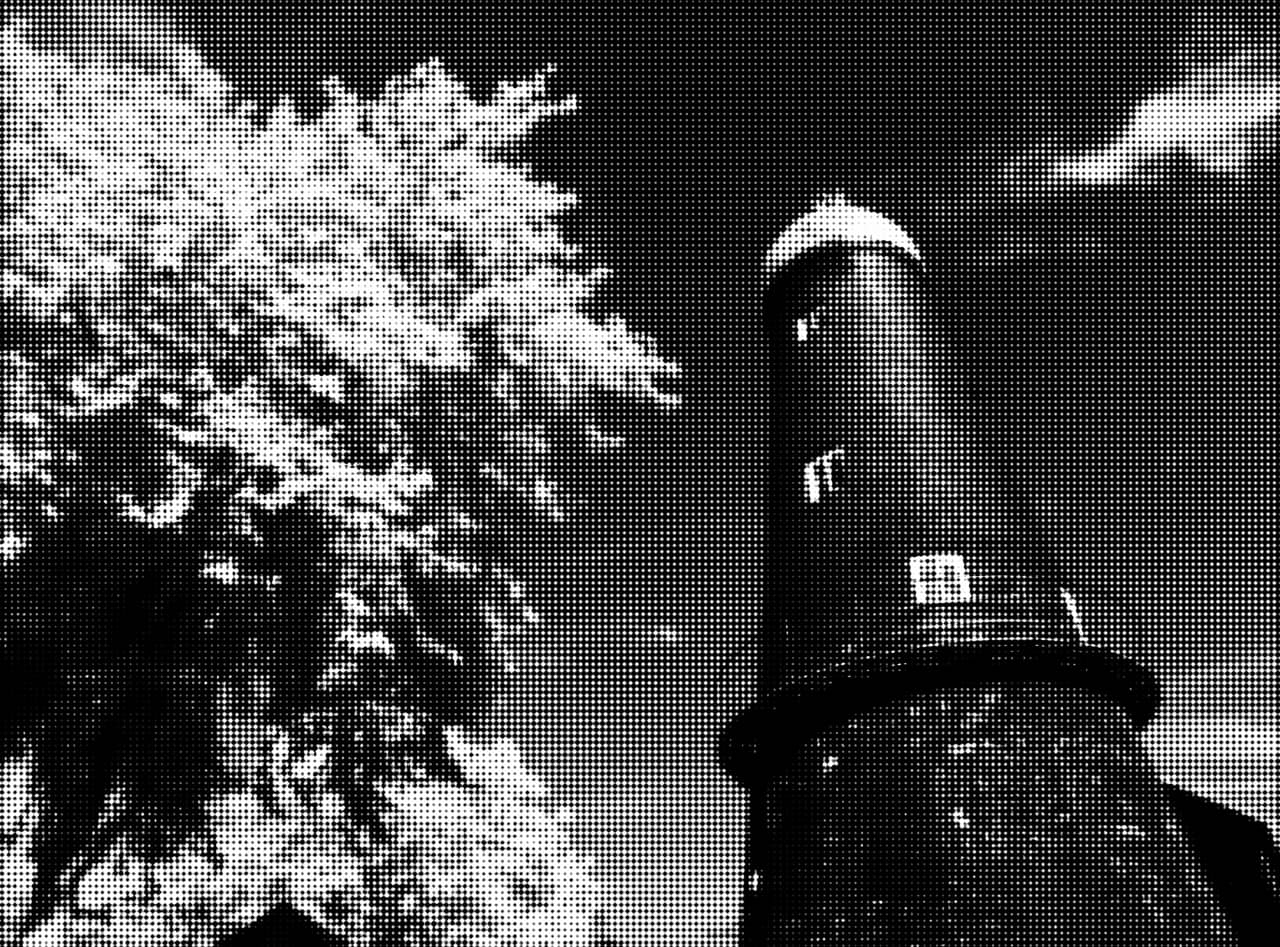
The texture layer should then become visible. Navigate over to the Layers tab and locate the subject the texture is applied to.Ĭlick the white arrow located next to the layer’s name in order to expand it: The expand layer arrow, outlined in red above. Step 1: Expand the object layer in the Layers menu
#Affinity designer halftone how to
Now that we’ve gone over how to apply a texture fill, let’s briefly go over how to remove a texture fill in Affinity Designer. If the transformations are being made to the entire subject and not just the texture fill, you may need to expand the object layer in the Layers tab so you can select the texture fill layer. Grab the Move Tool (keyboard shortcut: V) and use the transformation handles to adjust your texture fill as needed: How the texture looks once scaled down to fit the object better. In this step we will be adjusting the texture fill to accommodate the subject it is applied to. Step 4: Use the Move Tool to transform the texture as neededĪs previously mentioned, whenever you apply a texture fill in Affinity Designer using the Stock tab, the image will be really large once imported. When done correctly, the texture image should be placed inside of the object: Texture image once it is applied as a clipping mask. To do so, open the Layers tab and click and drag the texture layer on top of the subject layer. Once the texture is imported onto the document, you can apply it to an object as a fill by creating a clipping mask.

You will likely have to zoom out by a lot. It should be fairly large once imported, and a small menu will populate indicating the user who contributed that image: The texture image will be very large once imported. Once you’ve found a suitable texture, you can import it by simply clicking and dragging it onto your canvas. Step 3: Import the texture and apply it to the object as a clipping mask These are all user-generated images from the chosen stock photo site.
#Affinity designer halftone free
“ wood textures“)Īn index of images to choose from should populate: The Stock menu allows you to search free stock photo sites for texture images (click to enlarge.) Use the search bar to type in “ textures“, or if you are searching for a specific type of texture, add that in as well (eg. Navigate over to the Stock tab (located all the way to the right of the Layers menu tab) and choose your preferred stock photo site from the menu dropdown.īoth are free stock photo sites with countless images, textures, and various design elements to choose from. Now we are going to search for an image to use as the texture fill.

Step 2: Use the Stock tab to search for a texture This is just a circle, but you can use virtually any shape, image, or text object you’d like. For this demonstration I will be applying a texture fill to the following example shape: A texture fill will be applied to the example subject above.


 0 kommentar(er)
0 kommentar(er)
